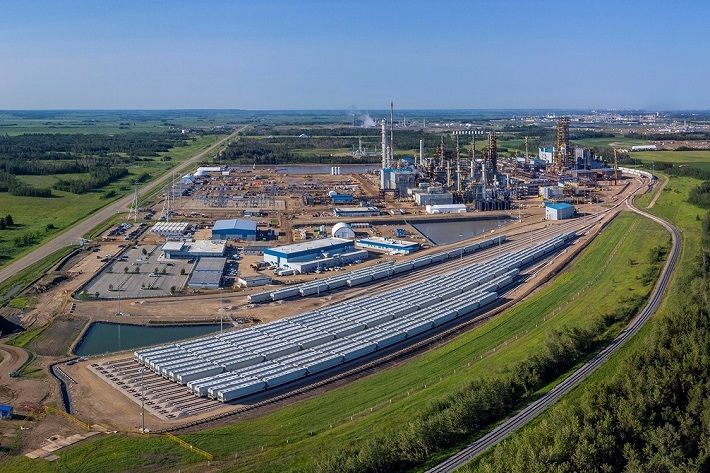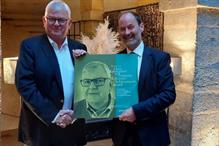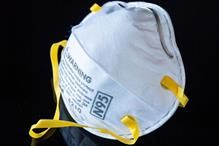
Due to its unique location, modern design and technology and transport optionality, Heartland is expected to be one of the most sustainably produced, reliable options in the industry, the Calgary, Alberta-based company said in a media release.
“A safe commissioning of our polypropylene plant is a crucial step towards commercial production of Heartland Polymers,” said Jim Madro, senior vice president, Petrochemicals. “The PP plant has been producing pellets since late June with polymer grade propylene (PGP) from our storage cavern. The entire Heartland Complex remains on schedule for an integrated start-up in the third quarter of this year, at which point Heartland will begin commercial production.”
Construction of the Heartland Petrochemical Complex began in early 2018, and it is expected to convert locally sourced, low-cost propane into 525,000 tonnes per year of PP, a high value, multi-use plastic that is easily transported and can be recycled. This polymer is used in the manufacturing of a range of finished products such as food packaging, textiles, healthcare products and medical supplies.
Once fully in-service Heartland is expected to create a step change in annual cash flow generation for Inter Pipeline, with approximately 70 per cent of the output contracted on a nine-year weighted average.
The PP plant was commissioned using PGP feedstock from a cavern at Inter Pipeline’s Redwater Olefinic Fractionator. The primary source of feedstock will be an on-site propane dehydrogenation (PDH) plant, where propane will be turned into PGP. The PDH plant is expected to enter integrated service with the PP plant in the third quarter of this year, making it the first integrated complex of its kind in North America. “The optionality of both the storage cavern and direct on-site PGP production ensures exceptional reliability for customers,” the release added.
Deliberate design and technology choices paired with local feedstock means Heartland is expected to generate 65 per cent less greenhouse gas (GHG) than average global PP facilities around the world. Due to its integrated nature, the complex is designed to utilise by-products ethane and hydrogen to fuel power production in the cogeneration unit (CUB) to make up approximately 32 per cent of the operation’s total fuel usage, reducing the total carbon footprint by approximately 130,000 tonnes annually. Additionally, the design choice to utilise air cooling instead of water cooling in the operation has a significant impact on the amount of water used at Heartland. When fully in service, the complex is expected to utilise 80 per cent less make-up water than water cooled operations.
Fibre2Fashion News Desk (RKS)

